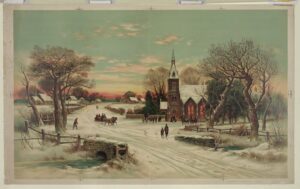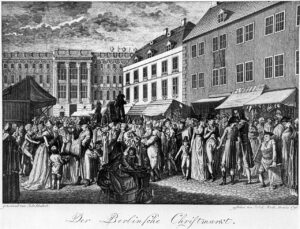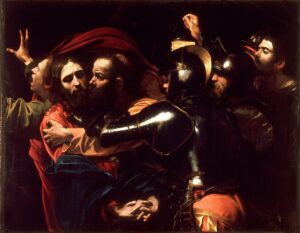
The Art of Christmas: The Visual Language of Winter Aesthetics
The winter aesthetics we recognize today—the deep evergreens, the sharp contrasts of candlelight against velvet shadows, the clinical purity of snow—didn’t happen by accident. They were curated over centuries, moving from pagan grit to Victorian polish.
Read More
The Transformation of Christmas Markets in Europe
The modern proliferation of Christmas markets in Europe, a spectacle of light, commerce, and tradition, represents one of the continent’s most successful and enduring cultural deployments.
Read More
The Winter Cloak in Power and Fashion
The winter cloak is far more than a practical shield against the elements; it is an artifact that charts the entire course of human civilization, from the earliest struggle for survival to the pinnacle of courtly status. Tracing the evolution of this garment can look like sampling a collection of the world’s finest historic textiles, where each fold and fastener reveals a compelling narrative of social hierarchy and artistic mastery.
Read More
Winter Weather vs. Generals: When History’s Commanders Met the Cold
From ancient mountain passes to World War II frontlines, winter weather has redrawn borders, crushed ambitions, and delivered brutal lessons that echo through strategy rooms today.
Read More
Faith, Conflict, and Innovation in Caravaggio’s Art
Caravaggio’s art did more than redefine painting; it exposed the psychological depths of belief and the raw conflict between sin and redemption, leveraging the era’s upheavals to powerfully fill its own sails.
Read More